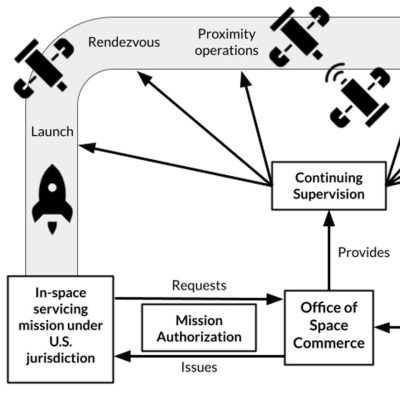
Ultraspherical polynomial spectral method for boundary layer stability problems
Researchers in the Hypersonics Research Lab outline the ultraspherical polynomial spectral method, a new spectral coefficient method developed by Olver and Townsend (2013). The method applies to the stability problems associated with low speed boundary layers. The paper received Third Place in the 2024 AIAA CFD Student Paper Competition.
Authors: Vaishnavi Ramaswamy, Claire M. Namuroy and Wesley L. Harris
Citation: AIAA 2024-353; Session: Boundary Layer Transition Modeling and Applications
Abstract:
Linear Stability Theory (LST) has been extended to increasingly complex vehicle geometries and flow configurations to study the impact of compressibility, freestream disturbances, surface roughness, wall cooling etc. on boundary layer stability and transition. Application of existing discretization (higher order finite difference, Chebyshev spectral coefficient and collocation methods) and numerical schemes to these increasingly complex stability problems has resulted in added computational cost and time. Therefore, it is useful to implement and test new numerical schemes that may be better suited to stability computations.
The present work outlines a new spectral coefficient method developed by Olver and Townsend (2013), ultraspherical polynomial spectral (US) method, and its application to the stability problems associated with low speed boundary layers. The feasibility, utility, and significant advantages of this method are demonstrated by applying it to the standard literature benchmark case, temporal stability of Plane Poiseuille flow, and comparing relevant metrics against the results obtained using the current state-of-the-art spectral scheme. Since natural transition prediction requires the solution to the spatial stability problem associated with a boundary layer flow, the US method is subsequently used to compute the streamwise amplification rates and stability map for Blasius boundary layer.

